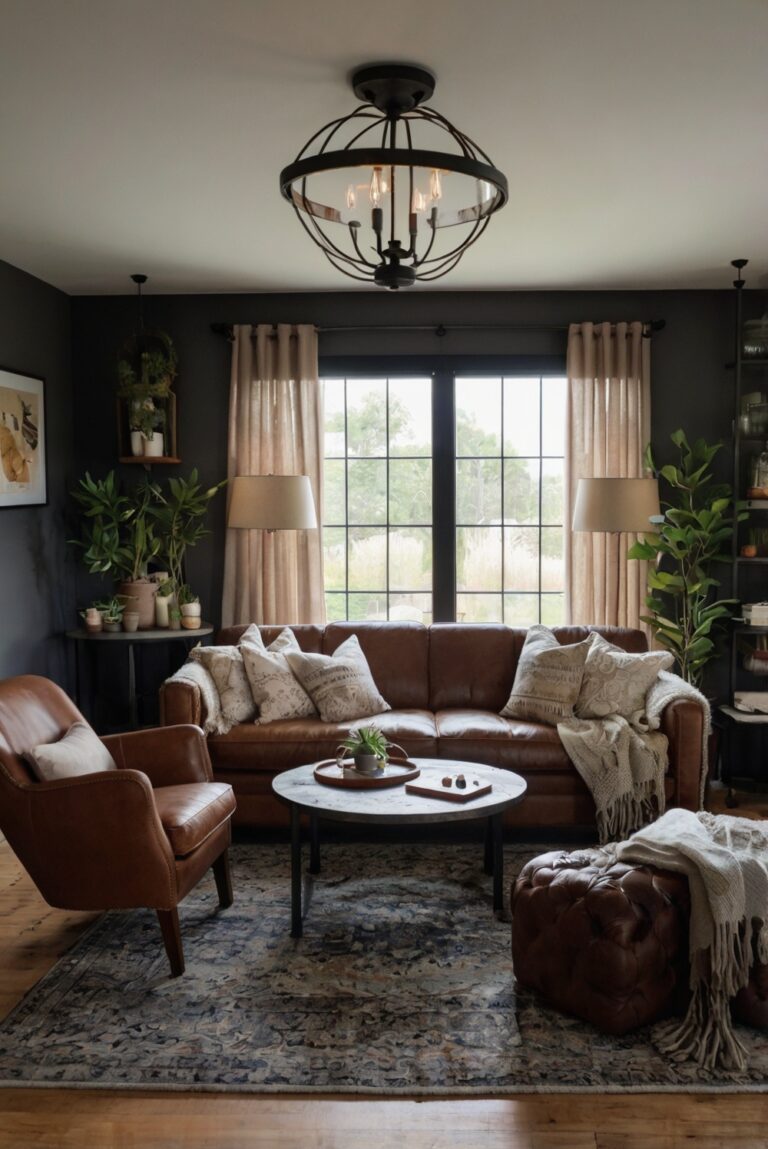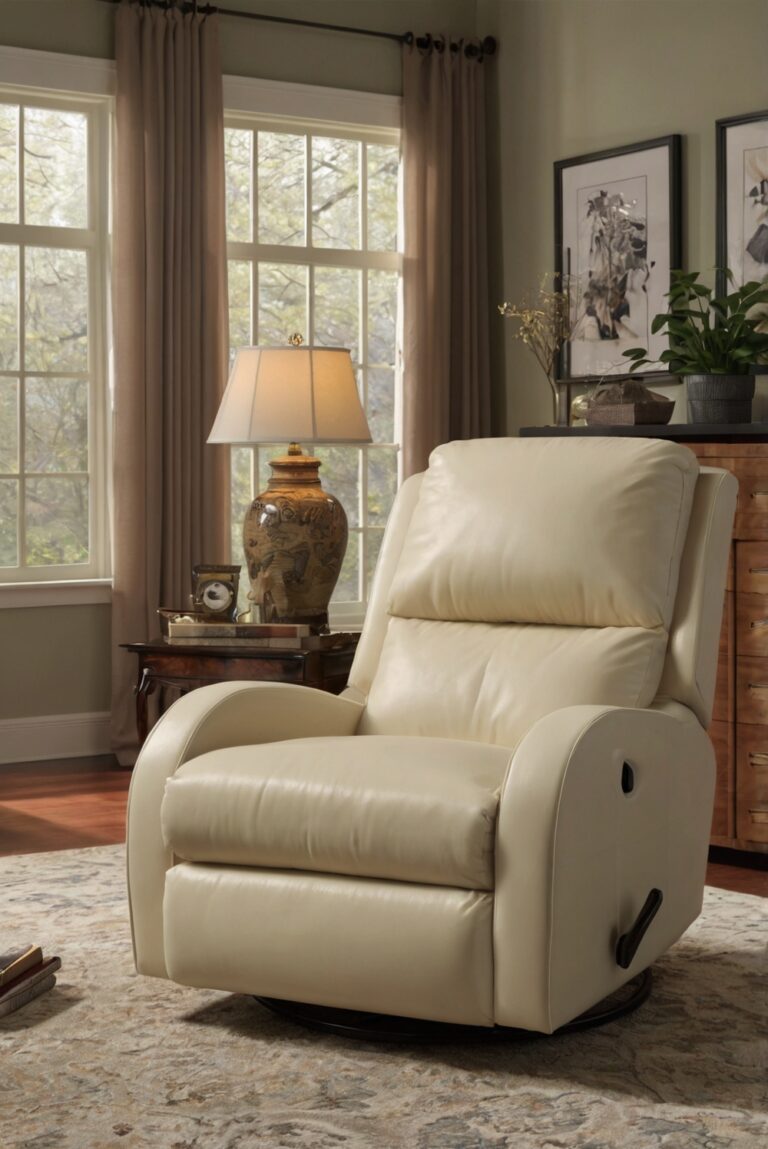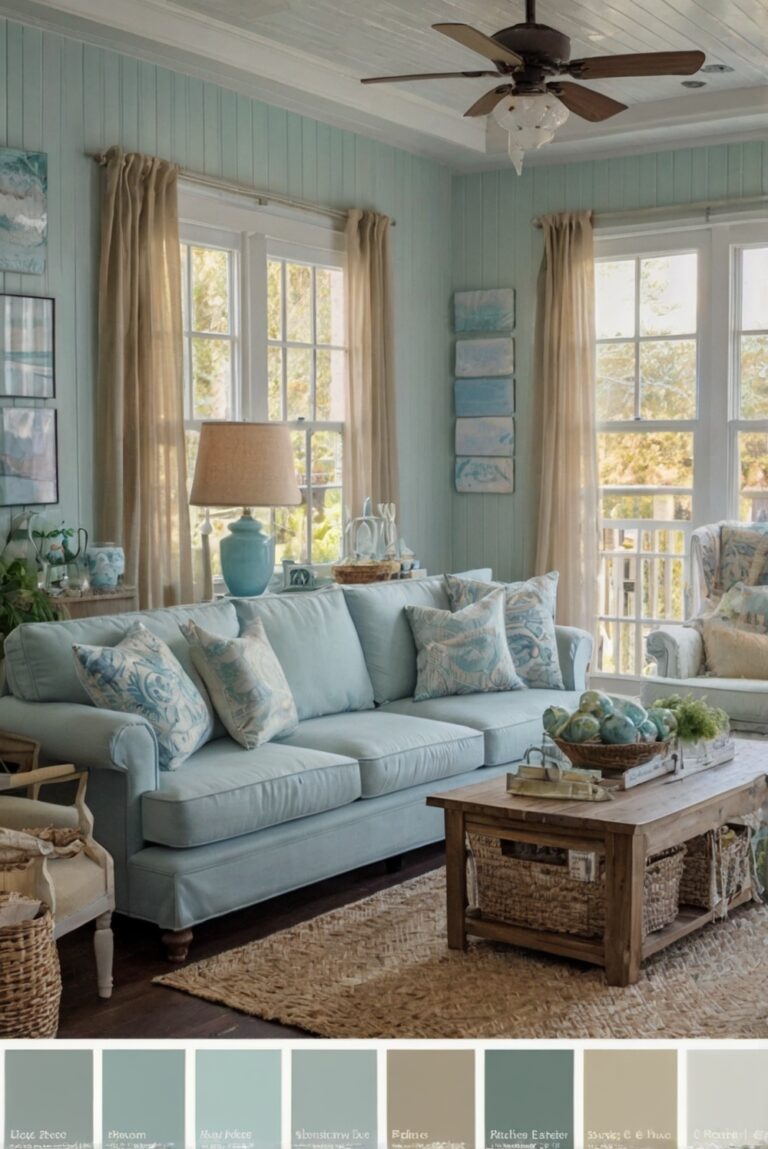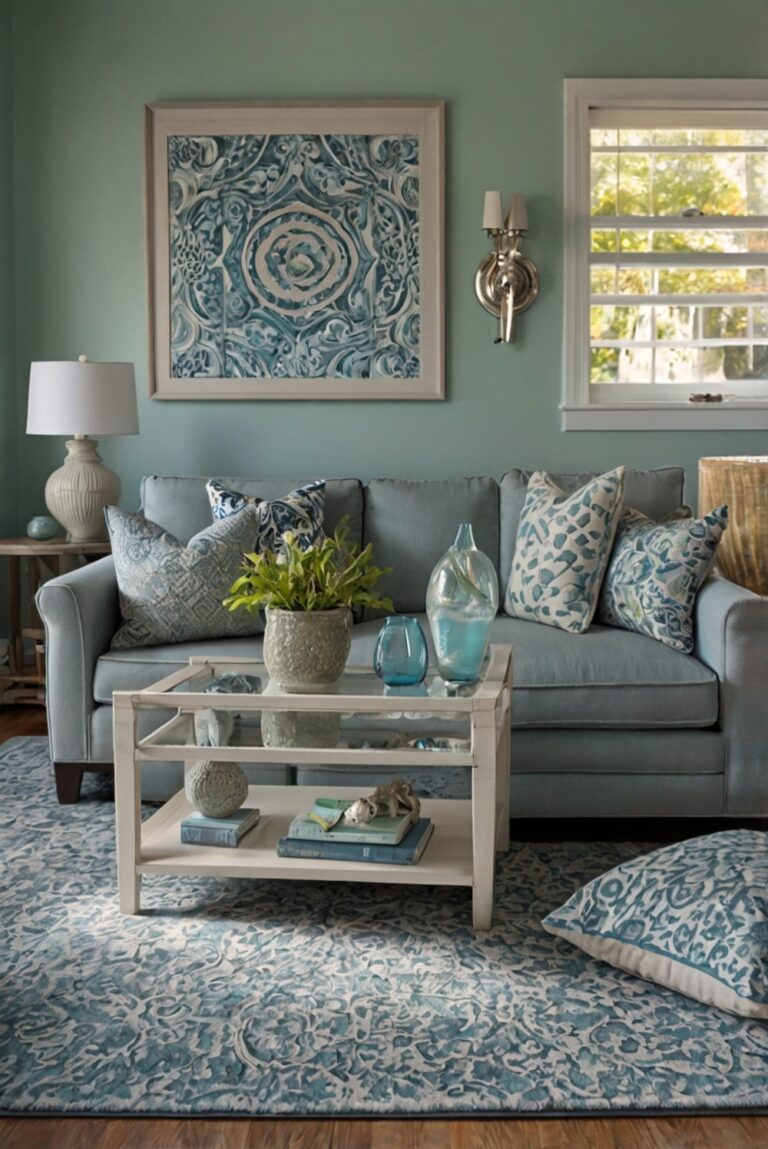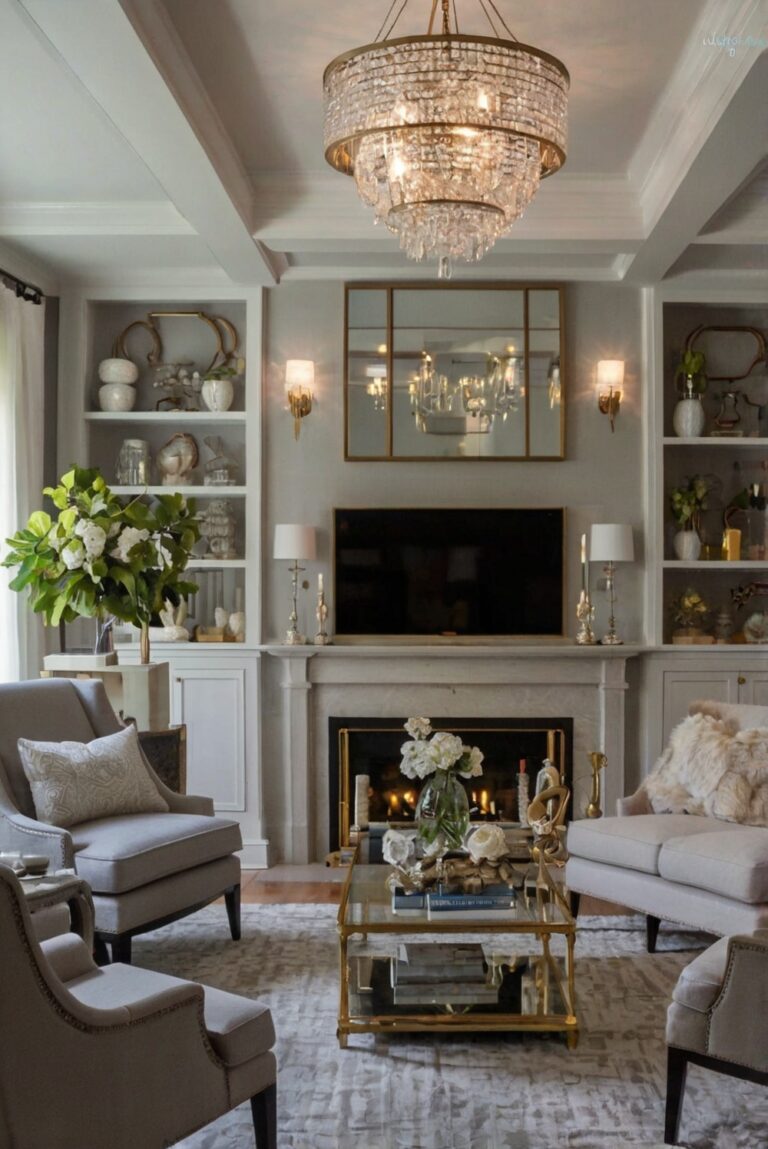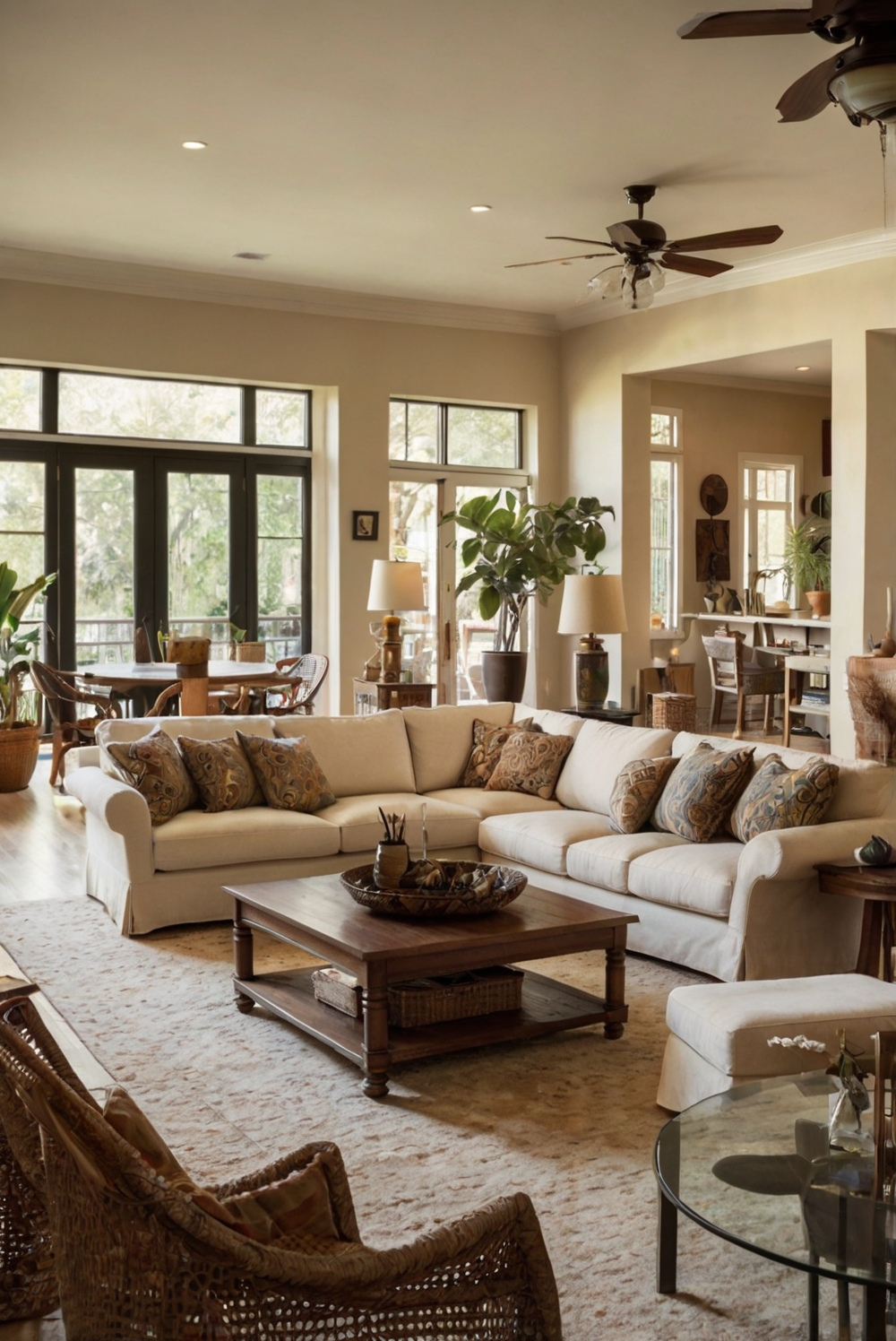
Discover the best furniture arrangements for an open-concept living room in this daily routine filled with interior design tips and decor inspiration.
What are the best furniture arrangements for an open-concept living room?
In an open-concept living room, it’s important to create designated zones for different activities while maintaining a cohesive look. Start by placing a large area rug to anchor the seating area and distinguish it from other areas. Use sofas and chairs to define conversation areas, ensuring that they are not blocking traffic flow. Consider using furniture with low backs to maintain sightlines throughout the space. Adding a console table behind the sofa can help visually divide the room. Use a mix of furniture sizes to create balance and interest. By following these steps, you can create a harmonious and functional furniture arrangement in your open-concept living room.
1. Consider the Functionality
When arranging furniture in an open-concept living room, it is crucial to **consider the functionality** of the space. Determine how you will use the room – whether it will be a space for entertaining guests, watching TV, or simply relaxing. This will help you decide on the best layout that suits your needs.
2. Define Zones
**Define zones** within the open-concept living room to create distinct areas for different activities. For example, you can designate a seating area for conversations, a TV-watching area, and a reading nook. Use area rugs, furniture arrangement, and lighting to differentiate these zones.
3. Create Flow
**Create flow** in the space by ensuring there is enough room for movement between furniture pieces. Avoid cluttering the space with too much furniture, and leave clear pathways for easy navigation. Consider the natural traffic flow in the room and arrange furniture accordingly.
Consider the Size and Scale of Furniture
When arranging furniture in an open-concept living room, consider the **size and scale** of the furniture pieces. Large, bulky furniture can overwhelm the space, while small pieces may get lost in the room. Strike a balance by mixing different sizes and shapes of furniture to create visual interest.
Utilize Multipurpose Furniture
To maximize space in an open-concept living room, **utilize multipurpose furniture** pieces. Choose items that serve multiple functions, such as a storage ottoman that can also be used as a coffee table or extra seating. This will help you make the most of the available space.
In conclusion, when arranging furniture in an open-concept living room, it is essential to consider the functionality of the space, define zones, create flow, consider the size and scale of furniture, and utilize multipurpose furniture. By following these tips, you can create a well-designed and functional living space that meets your needs and preferences.
1. How to define zones: Define different zones within the open-concept living room to establish clear areas for different activities. Use area rugs, furniture placement, or lighting to create distinct spaces for lounging, dining, and entertainment.
2. Consider traffic flow: Arrange furniture in a way that allows for easy movement between different areas of the room. Avoid blocking pathways or doorways with large pieces of furniture to ensure a smooth flow of traffic.
3. Use multifunctional furniture: Opt for furniture pieces that serve multiple purposes to maximize space in an open-concept living room. Consider using ottomans with storage, nesting tables, or convertible sofa beds to add functionality without cluttering the space.
4. Create a focal point: Choose a focal point in the room, such as a fireplace, large window, or artwork, and arrange furniture around it to anchor the space. This helps create a cohesive design and draws the eye to a central feature.
5. Balance scale and proportion: When arranging furniture in an open-concept living room, pay attention to the scale and proportion of each piece. Balance larger items with smaller ones to create visual interest and avoid overwhelming the space with furniture that is too large or too small.


